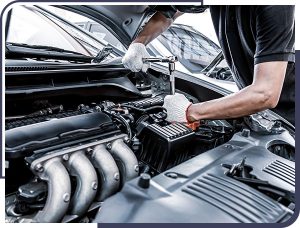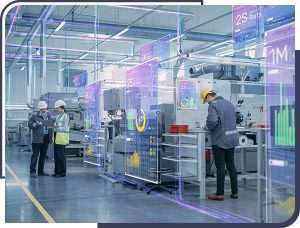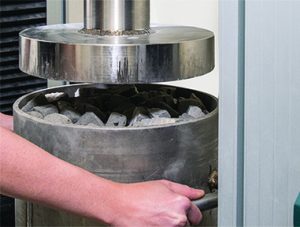Automotive OEMs Improve Materials Testing ROI With In-house Infrastructure
Materials testing is an integral part of the automotive industry. It provides quality assurance by ensuring that vehicles, including all their components, are safe and reliable, while also meeting the regulatory standards required by the federal government. Although third-party testing centers are a popular choice among OEM suppliers, implementing an in-house materials testing system can quickly provide a better, and more significant, return on investment.
Recent Effects of Recalls and Safety Concerns
While maintaining profitability is a key area for the stability of any business, in automotive component manufacturing, trust among the consumer and the automakers themselves is worth more than its weight in gold. Recent years have seen an increase in high profile instances of recalls, defects and unsafe operating environments that have eroded consumer confidence, putting more emphasis on the value of a company’s reputation and ability to provide reliable, safe automotive systems. (Figure 1)
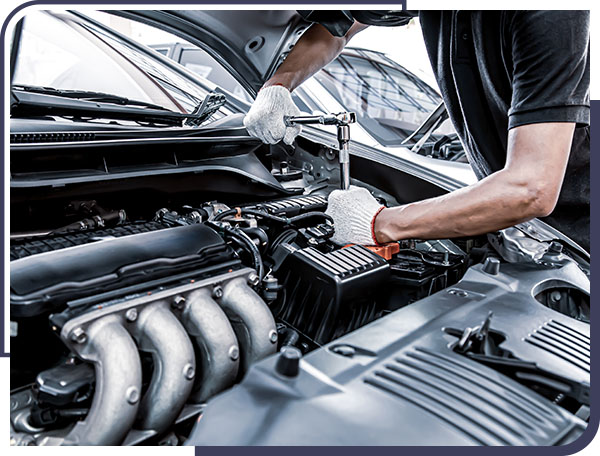
Sending parts out for third-party inspection and verification is one method of quality control, but more OEM suppliers are evaluating the benefits of an in-house materials testing system that affords them the opportunity to better manage yield and inventory, with speedy responses to production defects and better oversight of the actual production process.
Improving ROI and Consumer Confidence
Investing in an in-house materials testing system empowers OEMs to improve product quality, innovate effectively and maintain competitiveness in an industry that is not only extremely demanding, but also regulated by standards, including ISO, ASTM and ES. While the initial investment may seem higher than a weekly shipment to an off-site testing facility, the long-term savings can be substantial, with a return on investment seen quicker than one might think:
- Reduction in Testing Costs: OEMs avoid immediate recurring costs, like testing fees, associated with hiring third-party testing services. Over time, in-house testing equipment reduces the cost and time associated with sending parts out for testing.
- Faster Time-to-Market: An in-house infrastructure allows for rapid testing and prototyping, in turn creating faster product development cycles. OEMs can respond more rapidly to design changes or new requirements, reducing delays in the production process. Turn-around times are faster, too, since materials can be tested as needed.
- Custom Testing Capabilities: Developing testing methods that specifically address unique materials and performance needs, like harness, metal and corrosion testing, means OEMs also have the ability to experiment with new materials and technologies that could lead to new and more innovative products. Continuous improvement is possible when testing in-house because it allows OEMs to focus on specific materials and processes, refining testing strategies over time while working to enhance product development and innovation.
- Data Ownership: With better control over testing data, the analysis and integration OEMs can implement into the development process helps to improve product quality and performance. Software-based management tools, like Tinius Olsen’s Horizon platform, provides computer-assisted data acquisition and machine control that collects, analyzes, graphs and stores data. It can also provide control over testing operations. (Figure 2)
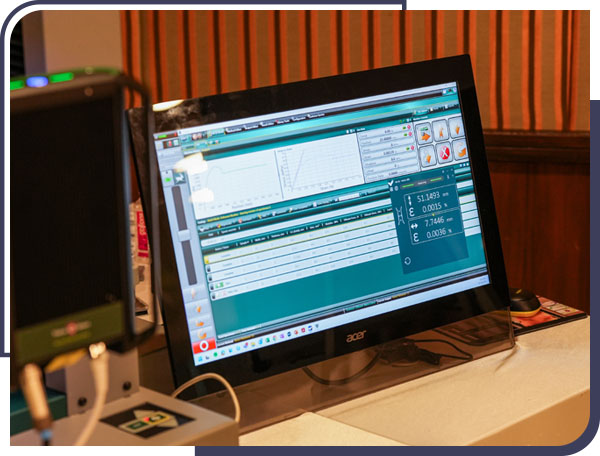
- A Streamlined Process: In-house testing encourages collaboration between a variety of different departments, including testing, engineering, and production, to create a more efficient workflow as well as help avoid delays and scheduling conflicts that often happen when using an outside testing facility.
- Quality Control: Maintaining consistency and direct oversight of the testing process and protocols ensure that testing standards are adhered to, an important factor in the automotive industry. This leads to higher quality materials and components with fewer defects and recalls, which significantly impacts profitability. It also can lead to longer-lasting components and parts, which improves a brand’s reputation and customer satisfaction, translating into increased sales.
- Ease in Scalability: Today’s materials testing systems are designed to scale with the needs of an OEM quickly and efficiently. This allows manufacturers to accommodate increased testing and production demands without a significant increase in cost. Some systems even perform multiple test scenarios within the same compact system footprint.
Before you look to invest in an in-house testing system, take stock of your most critical testing parameters. Equipment, like the Tinius Olsen universal testing machines, are designed to perform quality control tests on raw materials, like metals, polymers, textiles, rubbers and adhesives. A horizontal tensile testing machine tests for tensile strength, along with elastic modulus and corrosion resistance, in materials like alloys, composites and plastics and an indentation hardness materials testing machine can quickly and accurately determine the hardness value of metals, components, large parts and small precision parts used in cars. (Figure 3)
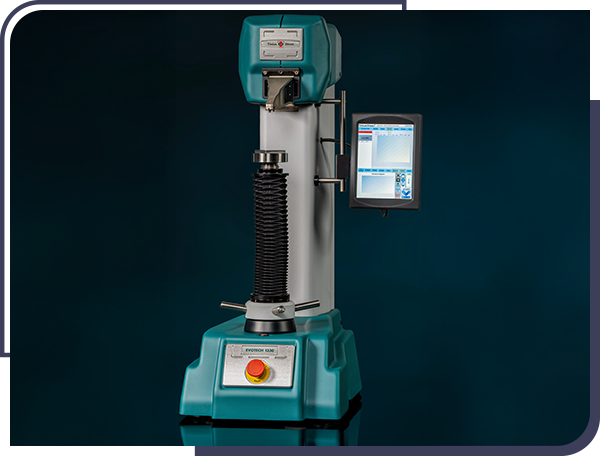
While the upfront costs of purchasing materials testing machines can seem overwhelming, the benefits and long-term advantages, including greater quality control, speed, flexibility, customization and security, align closely with an OEM’s goals of quality, efficiency and innovation. This can lead to a more favorable ROI in the long run and helps maintain a competitive advantage in this demanding industry.

